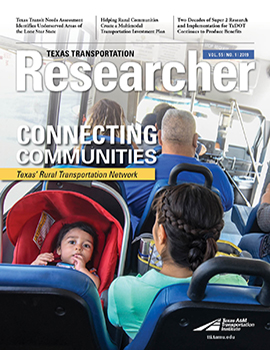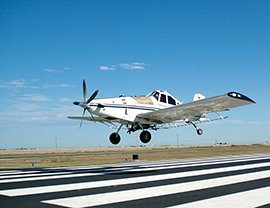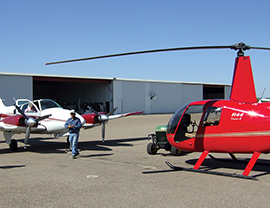Local government officials often refer to their general aviation airport as “the most valuable mile of pavement in the county.” The Texas Aviation Economic Impact Study, released in 2018, proved just how true that perception is. The study was prepared for the Texas Department of Transportation’s (TxDOT’s) Aviation Division by CDM Smith, with assistance from KSA Engineers and the Texas A&M Transportation Institute (TTI).
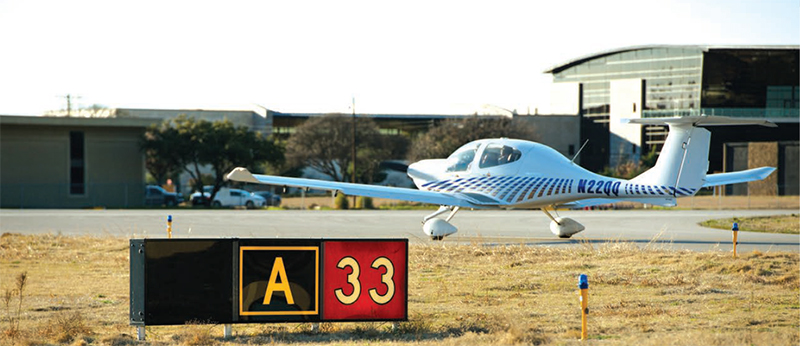
Texas has one of the largest state airport systems in the country. The Lone Star State’s 289 airports provide a myriad of aviation and economic benefits. With its expansive open spaces, large metropolitan areas, welcoming attractions and flourishing business environment, Texas has more registered aircraft than any other state — nearly 25,400, or 9 percent of all U.S. registered aircraft. For many communities, air transportation is essential for attracting and retaining commerce, and the local airport is a valued asset, providing a link to the national air transportation system and the world economy.
“TxDOT’s Aviation Division commissioned the study to measure the economic benefits provided by the state’s airport system,” says TTI Research Scientist Jeff Borowiec. “The statewide economic impact study shows how Texas airports serve as important economic engines. While the focus of this study is general aviation airports, we also calculated the impact from commercial service airports to present a complete picture of the tremendous benefit created by Texas’ airport system.”
The economic impacts of these airports take into account a wide variety of aviation services. At commercial airports, airlines move large volumes of people and cargo through the system with a remarkable safety record. The general aviation airports offer unmatched accessibility across Texas while providing a multitude of services. These include time-critical functions such as air medical and firefighting activities as well as avionics installation, flight training, environmental surveys, aerial application, charter flights and aircraft maintenance.
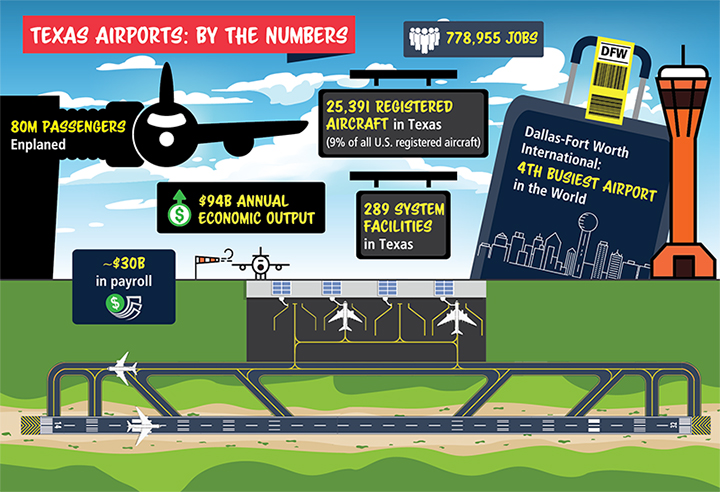
All these activities support jobs in local communities and bolster each region’s economy.
“A commitment to invest over $70 million annually by the Aviation Division has fostered airport development and resulted in benefits for all Texans,” says TxDOT Aviation Division Director of Planning and Programming Greg Miller. “This means more than simply convenient transportation options via general aviation aircraft. The network of airports across the state provides many economic and qualitative benefits.”
Texas’ general aviation airports are also critical to the state’s tourism industry. Visitors to the state make frequent use of general aviation airports to enjoy the varied recreational activities — from national and state parks, to major league sporting events, to hunting and fishing opportunities, to world-class resort destinations. During these trips, visitors spend money locally on food, lodging, events and other items.
“The study found aviation benefits have grown significantly since the last study in 2012,” says Borowiec. “This study demonstrates the value that airports have in large, small and rural communities. The numbers clearly show the positive economic impact they have, along with providing critical services such as air ambulance and rapid response to wildfires.”
